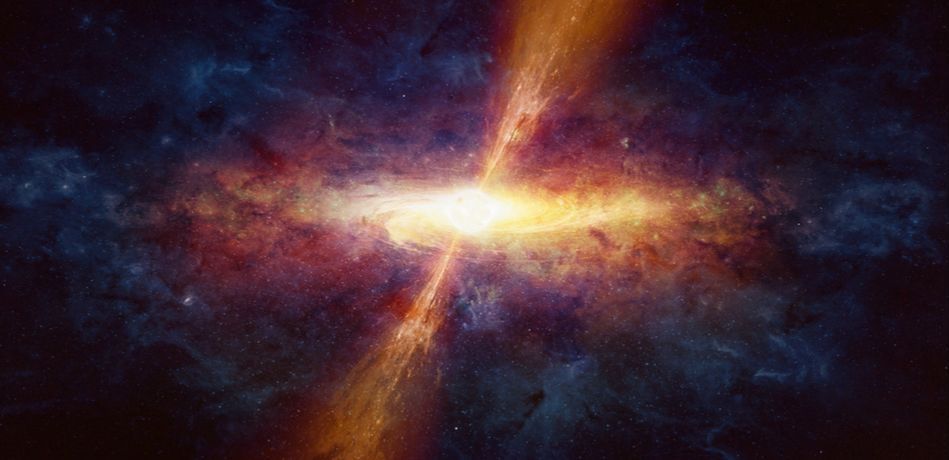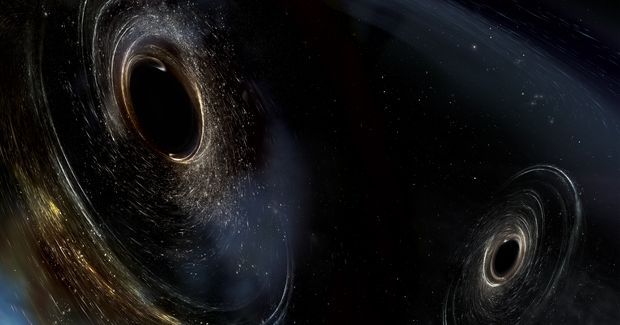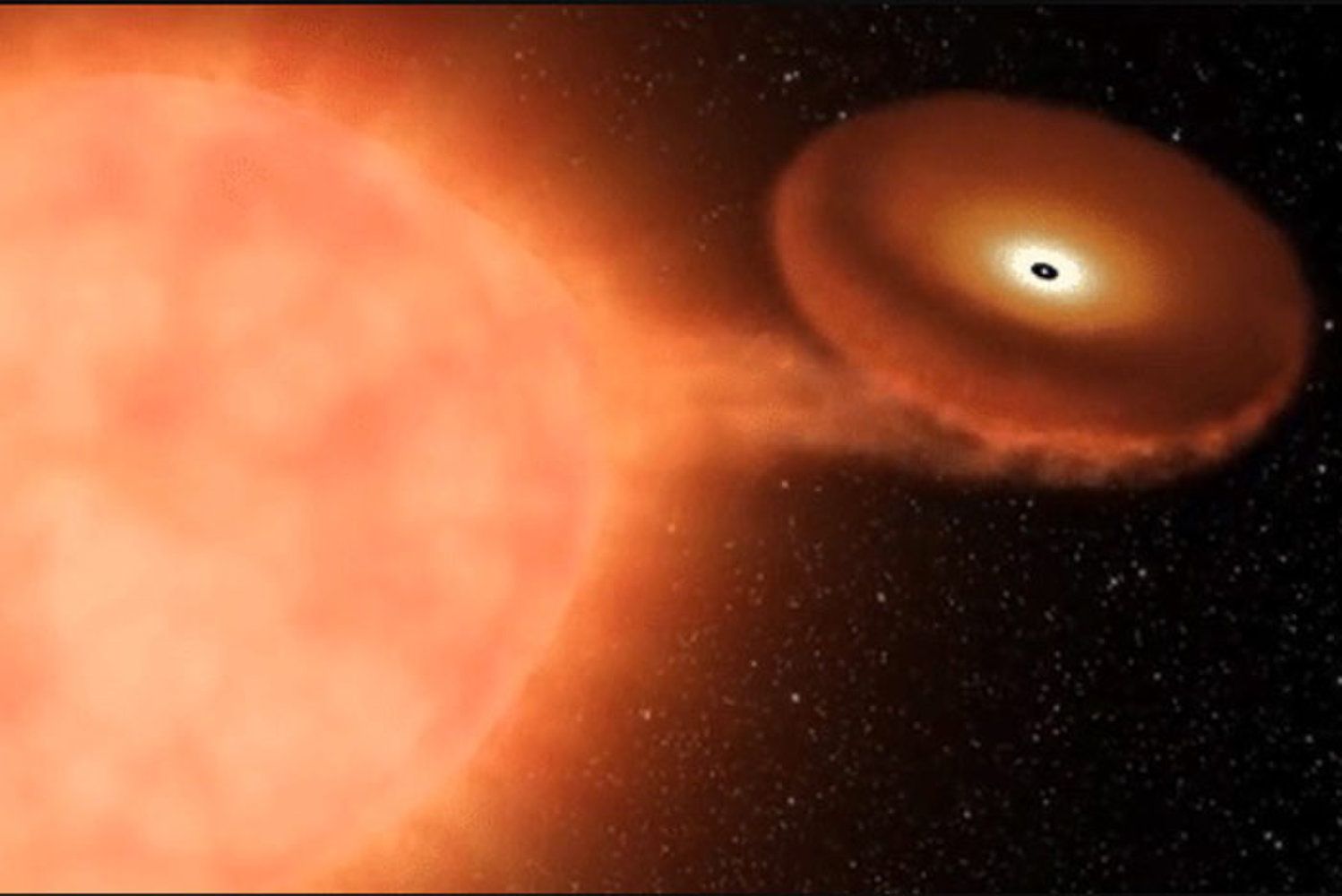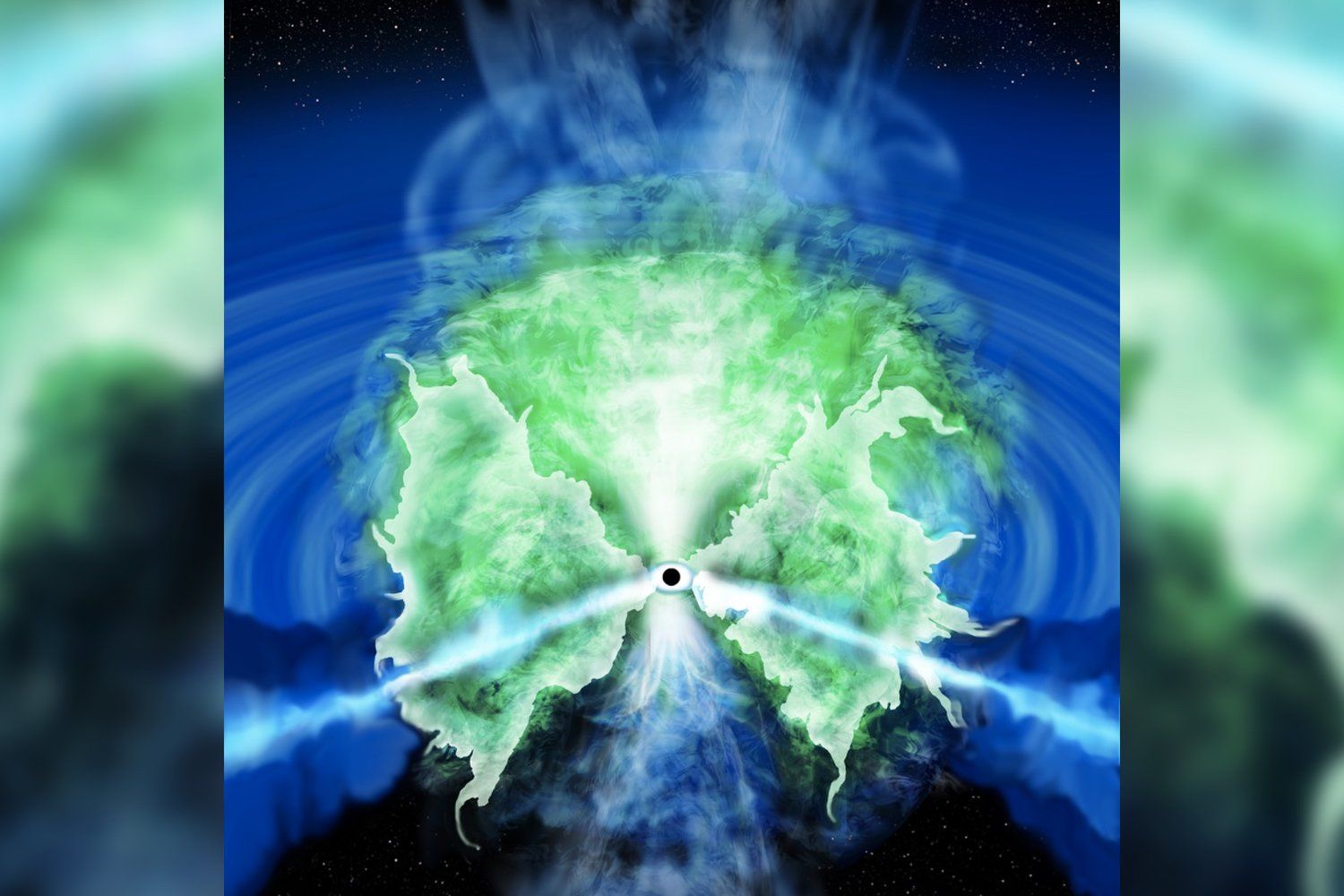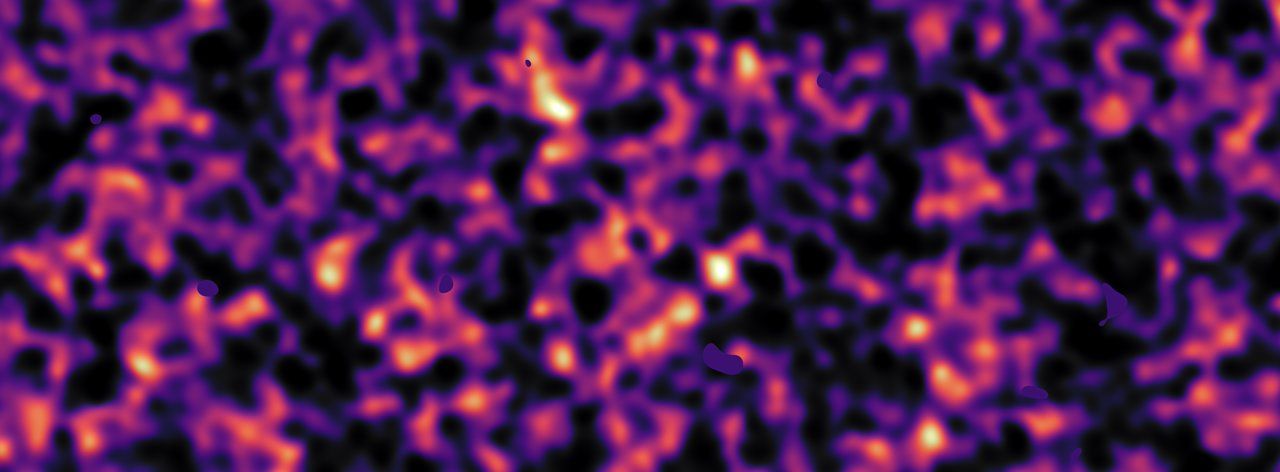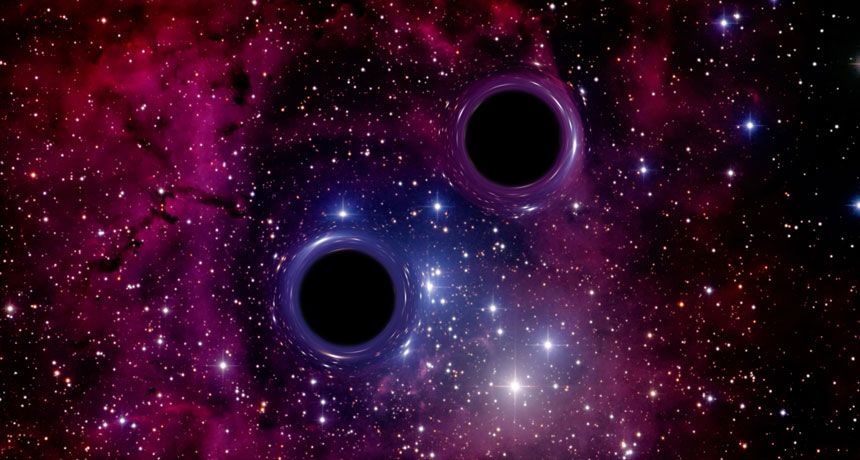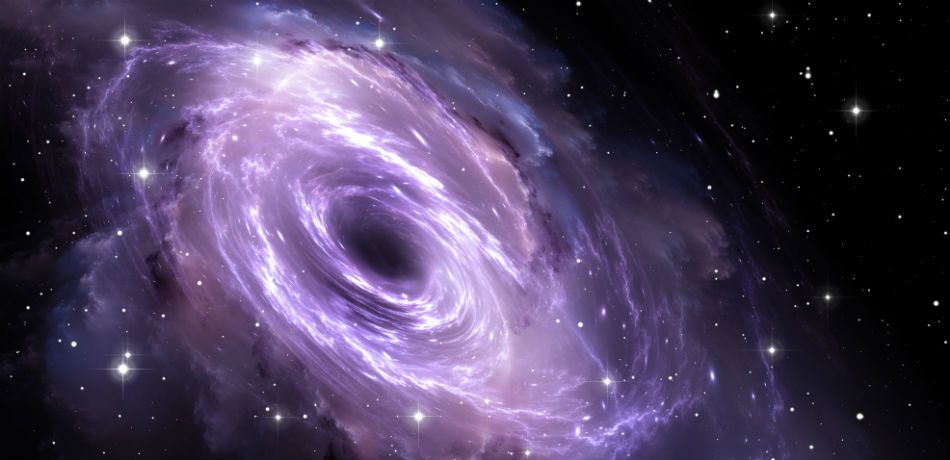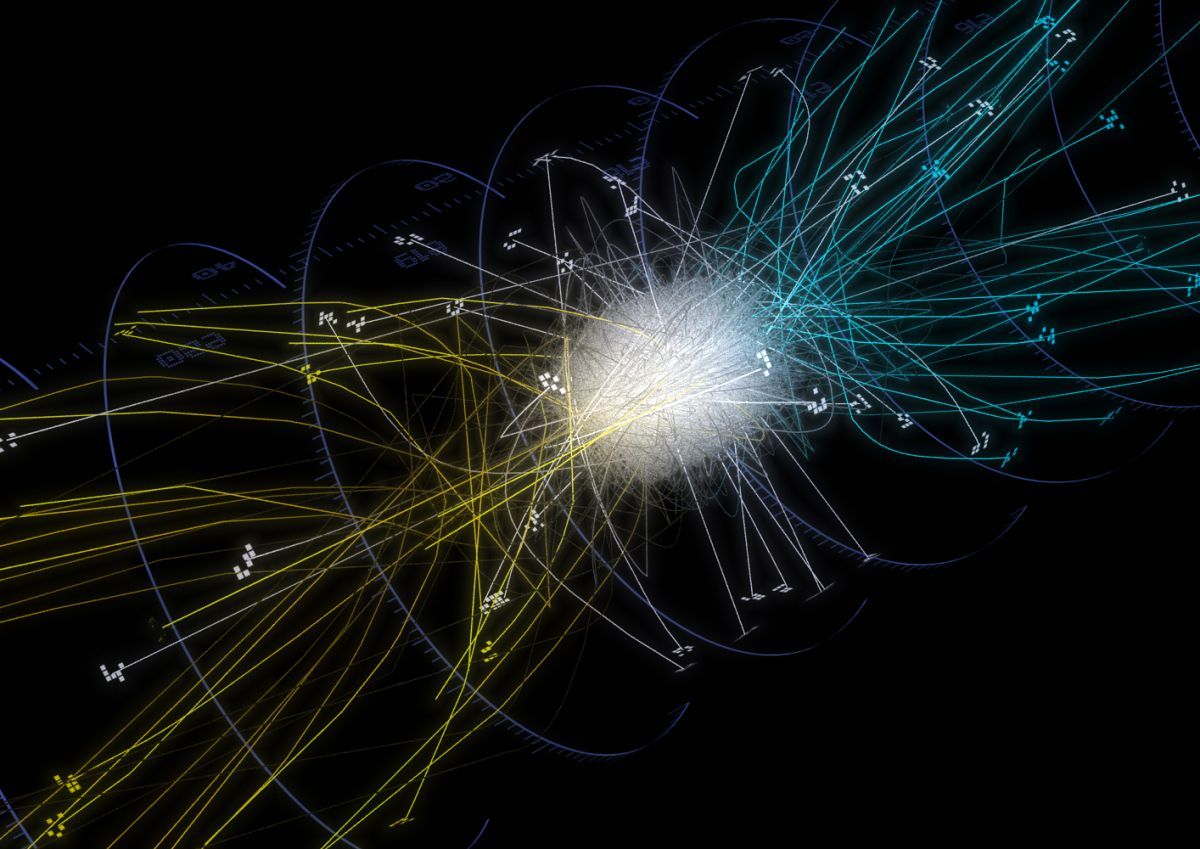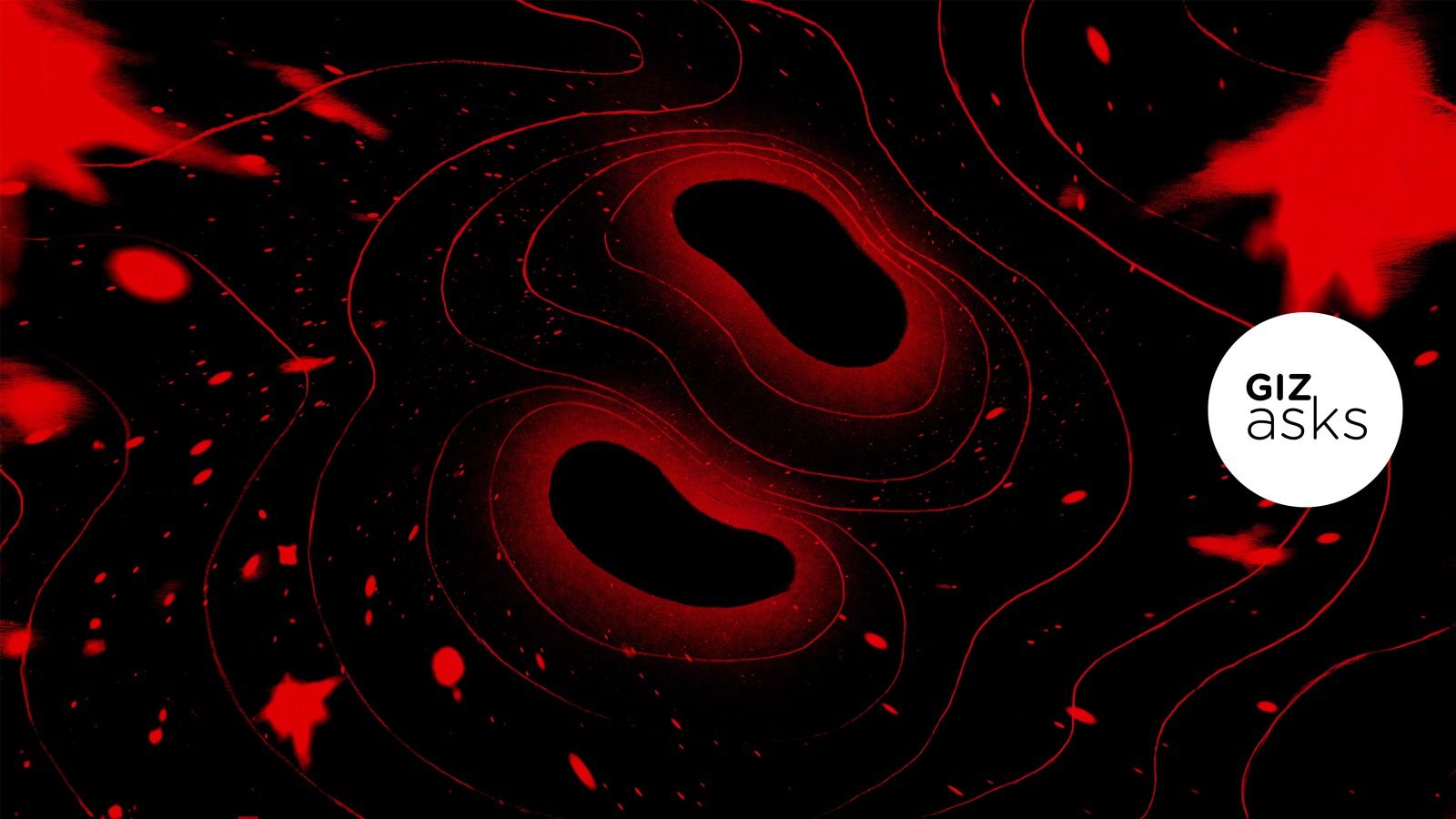Dec 9, 2018
Wind From A Distant Black Hole Spotted 228,000 Light-Years Away From Its Galaxy
Posted by Genevieve Klien in category: cosmology
This is the farthest away that black hole wind has ever been known to extend.
Astronomers studying the universe’s first light — the light from the first stars, which ignited nearly 14 billion years ago, according to the European Southern Observatory (ESO) — have made an unexpected discovery.
While scouring the distant cosmos with the Atacama Large Millimeter/submillimeter Array (ALMA) in northern Chile, the scientists came across a streak of thermal wind spewed from a far-flung black hole, which had traveled a staggering distance from the galaxy where it originated.
Continue reading “Wind From A Distant Black Hole Spotted 228,000 Light-Years Away From Its Galaxy” »
